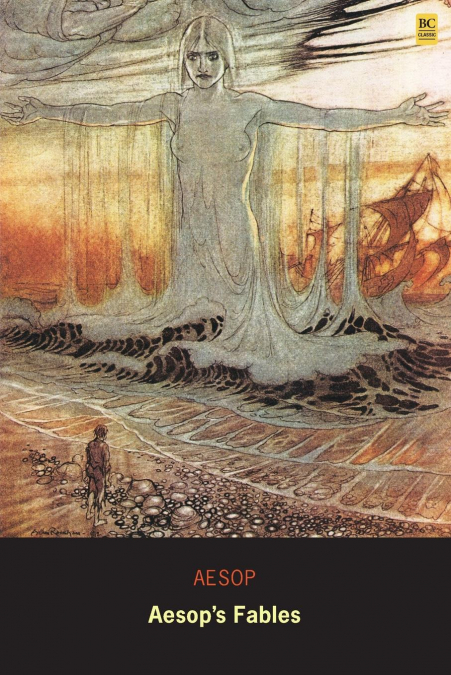
 Librería Perelló (Valencia)
Librería Perelló (Valencia)
 Librería Aciertas (Toledo)
Librería Aciertas (Toledo)
 El AlmaZen del Alquimista (Sevilla)
El AlmaZen del Alquimista (Sevilla)
 Librería Elías (Asturias)
Librería Elías (Asturias)
 Librería Kolima (Madrid)
Librería Kolima (Madrid)
 Donde los libros
Donde los libros
 Librería Proteo (Málaga)
Librería Proteo (Málaga)
In this collection of over three hundred fables, Aesop masterfully unravels the morals behind every action in human nature. Included are the favouries 'The Shepherd-Boy and the Wolf,' 'The Tortoise and the Hare,' and 'The Dog and the Shadow.' These time-honoured morals teach children that persuasion is better than force, slow but steady wins the race, and to look before you leap. A fable is often thought of as a story intended to help children learn wholesome values and how to behave within society at large. However, in ancient Greece, fables were used as a means of persuasion, as the moral of a fable can be delivered in an indirect manner. This helped philosophers such as Plato, Aristophanes, and Socrates argue controversial points without offending their audience. 3